Director: Katsuyuki Motohiro
Manga: Gamon Sakurai
Cast: Takeru Satoh, Gou Ayano, Yuu Shirota, Yudai Chiba, Yuki Yamada, Tetsuji Tamayama, Rina Kawaei, Minami Hamabe, Hiroshi Shinagawa
Running Time: 109 min.
By Paul Bramhall
For those who’ve become jaded when faced with the endless superhero franchises that have come to dominate Hollywood in recent years, then chances are they haven’t had to suffer through any of Japan’s big screen manga adaptations. While such adaptations have occasionally brought to the surface the odd gem (I Am a Hero), more often than not the usual form they take are money spinning 2-part ‘events’, frequently with all the fun crammed into the first (Attack on Titan: Part 1). More broadly speaking, manga’s in general tend to be adapted until they can be bled dry no more. The standard routine will usually follow an anime adaptation coming first (sometimes both an anime movie and TV series), and then a live action adaptation arrives to top things off.
This is the exact format Japan’s latest manga adaptation has followed to a T. Ajin: Demi Human was a 2013 manga, that eventually spawned a trilogy of anime movies which hit screens between November 2015 and September 2016. The movies were, in turn, complimented by an anime TV series which ran for 2 seasons, airing in April and October 2016 respectively. You’d think that the intensive bombardment of Ajin antics on both the big and small screen would be enough for most audiences, but we’re talking mainstream Japanese cinema here. Who needs creativity when there’s money to be made? So, less than one year after the second season hit TV screens, a big screen live action adaptation was released in September 2017.
The title refers to the name given to people who are, knowingly or not, immortal. Although frankly, if we now assume that the source material has been milked dry as much as it can, I doubt even the strongest of them would have much will to keep on living. The plot focuses on one particular Ajin, a medical student played by Rurouni Kenshin lead Takeru Satoh, who realises he’s one after miraculously surviving being hit by a truck. The Japanese government are keen to learn more about these Ajin, so while they insist their facilities provide a safe haven for the immortals, in reality Satoh finds himself being subjected to a never-ending cycle of being killed and regenerated, as the authorities look to figure out the secret to their powers.
Eventually Satoh is rescued by another Ajin, played by Go Ayano (Lupin the Third), and his wingman, played by Yu Shirota (Black Butler), who themselves were once also held captive in the same facility. Initially thankful to the pair, when Ayano reveals his plan to cover Tokyo in nerve gas unless it’s declared an autonomous area for Ajin (despite there being, you know, only 3 of them in Japan), Satoh begins to realise just how dangerous Ayano really is. Unable to accept his rescuers extreme views that Ajin have a right to mass murder, as revenge for the experiments that humanity inflicted upon them, ultimately the showdown is set for some immortal vs. immortal action.
While I’m sure many of the audience for Ajin: Demi Human will be those who are fans of either the original manga, its anime adaptation, or both, for myself the live action version is my first exposure to the tale. From the perspective of a newcomer, many of the themes being explored are reminiscent of the X-Men franchise (the irony isn’t lost that they’re also based on a comic). Satoh comes to represent the ideals embodied by Charles Xavier, only instead of mutants and humans peacefully co-existing together, its Ajin and humans. Then on the flip side of the coin you have Ayano in the role of Magneto, who believes that Ajin are genetically superior to humans, and feels no remorse at wiping out large swathes of them as revenge for the how he was treated by them in the past.
The live action adaptation is helmed by director Katsuyuki Motohiro, whose work is perhaps representative of just how nondescript and visionless it is to be a part of Japan’s mainstream film industry. The man behind the Bayside Shakedown series of movies, as well as the ill-conceived Shaolin Girl, a Stephen Chow produced spin-off of his own Shaolin Soccer, Motohiro’s output is defined by its unremarkable and pedestrian approach. The ace up his sleeve for Ajin: Demi Human comes in the form of Takahito Ouchi, the stunt coordinator on the Rurouni Kenshin trilogy, who’s worked with both Satoh and Ayano (who has a role in the first Rurouni Kenshin) before.
It is indeed the action that serves as the saving grace of Ajin: Demi Human, which thankfully comes at frequent enough intervals to forget about everything else (which we’ll get to later). The opening 20 minutes are essentially one extended action sequence, which shows just how much fun it’s possible to have with protagonists that can’t be killed. Ayano’s raid on the government facility is particularly entertaining. If you’re an Ajin and find yourself shot in the arm with a tranquilizer, what do you do? Simply lop it off with a machete, it’s going to grow back. Severed limbs are also amusingly used as bait to misdirect and ambush groups of attackers, and if an Ajin finds themselves riddled with bullets, there’s no need to think twice about raising a gun to your head and pulling the trigger. You’ll be back in a few seconds.
With that being said, there’s at least one scene in Ajin: Demi Human that stands out as an “only in Japan” moment. When Ayano threatens to take over a government building at a specific date and time, a media frenzy (as well as the Japanese Defence Force) gathers outside to witness how he’s going to do it. Expecting him to show up as some sort of one-man army, instead it’s revealed that he’s commandeered a plane, to which he flies straight into the side of the building. Indeed it may be almost 15 years since the controversial twin tower bombings witnessed in 2003’s Battle Royale 2: Requiem, but the thought of such a scene ever appearing in a Hollywood movie is still one that seems very far away. Whether it would still be considered controversial for an American audience is a question I can’t answer, but it will raise a few eyebrows I’m sure.
Outside of the action, there are several instances where the strain of attempting to compress a 50+ part series into 110 minutes shows through. What I assume to be developed plot threads in the manga, in live action form come across as bewildering and nonsensical. A kind old lady takes Satoh in when he first escapes from the facility with no reason or explanation (other than, well, she’s kind and old). When Ayano looks for other Ajin to join him in his cause, the only recruits he attracts are a small bunch of emo-looking teens, and their base (and home?) appears to consist of hanging out on a series of elevated walkways in an old factory. Most head scratching for newcomers though, will be the oversized humanoid figures that Ajin are able to call from their body, seemingly made up of black particles, which are able to fight on behalf of their host. They’re given zero explanation, although in all fairness, they are kind of cool.
Other parts simply feel derivative of more original works. We get a floor by floor assault of a building that displays the progress onscreen a la The Raid, cutaways to news footage like Paul Verhoeven-lite, and even a nod to Demolition Man. Despite its many detractors though, Ajin: Demi Human moves along at a quick pace, and never feels like its straying from its colourful manga roots. Every action scene is kicked off by a techno track that energetically announces “3 2 1 go!” (you’ll either be annoyed or become numb to it), and Ayano makes for a suitably ruthless villain in a genre that’s known for not having any teeth. There’s also former AKB48 member Rina Kawaei, who will no doubt be a plus for some (I decline to comment). For everyone else, Ajin: Demi Human is a pleasantly diverting but quickly forgettable slice of manga inspired action.
Paul Bramhall’s Rating: 6/10




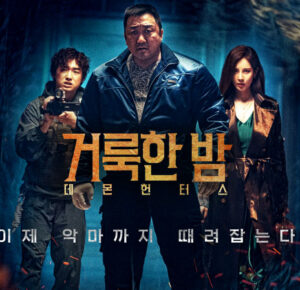




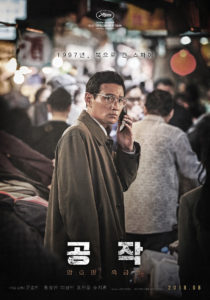








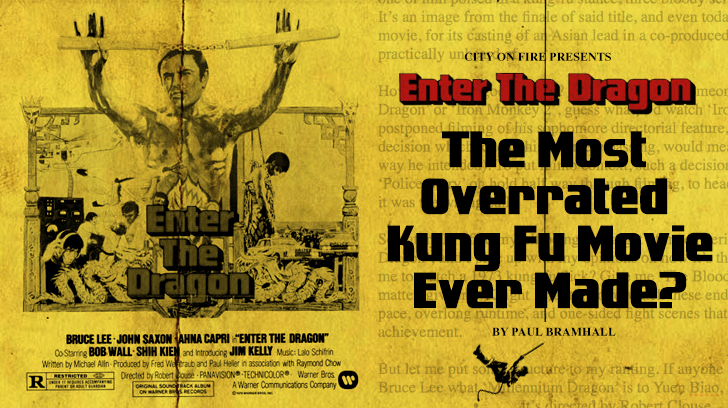 I get it, Enter the Dragon is an iconic movie. Ever seen a t-shirt of Bruce Lee? Chances are the image on it is one of him poised in a kung fu stance, three bloody scratches adorning his chest, his face alive with intensity. It’s an image from the finale of said title, and even today, 45 years on, it’s one that endures. It’s also a landmark movie, for its casting of an Asian lead in a co-produced Hollywood production, made at a time when it was practically unheard of.
I get it, Enter the Dragon is an iconic movie. Ever seen a t-shirt of Bruce Lee? Chances are the image on it is one of him poised in a kung fu stance, three bloody scratches adorning his chest, his face alive with intensity. It’s an image from the finale of said title, and even today, 45 years on, it’s one that endures. It’s also a landmark movie, for its casting of an Asian lead in a co-produced Hollywood production, made at a time when it was practically unheard of.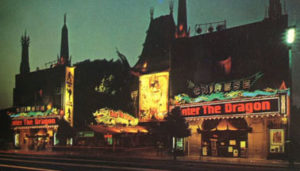


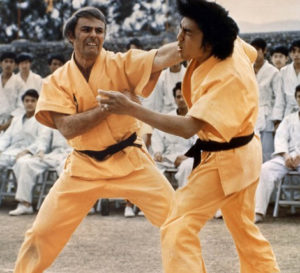
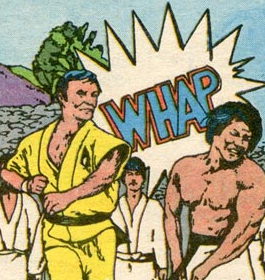

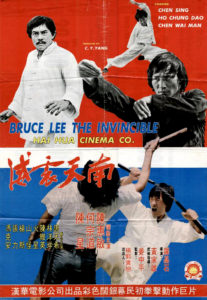

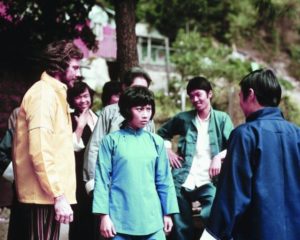
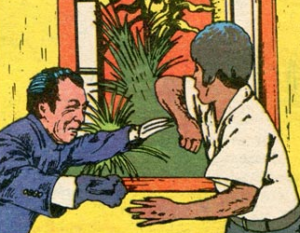
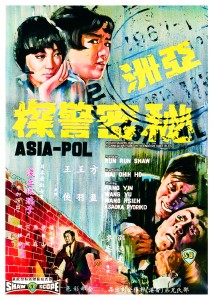



3 Comments